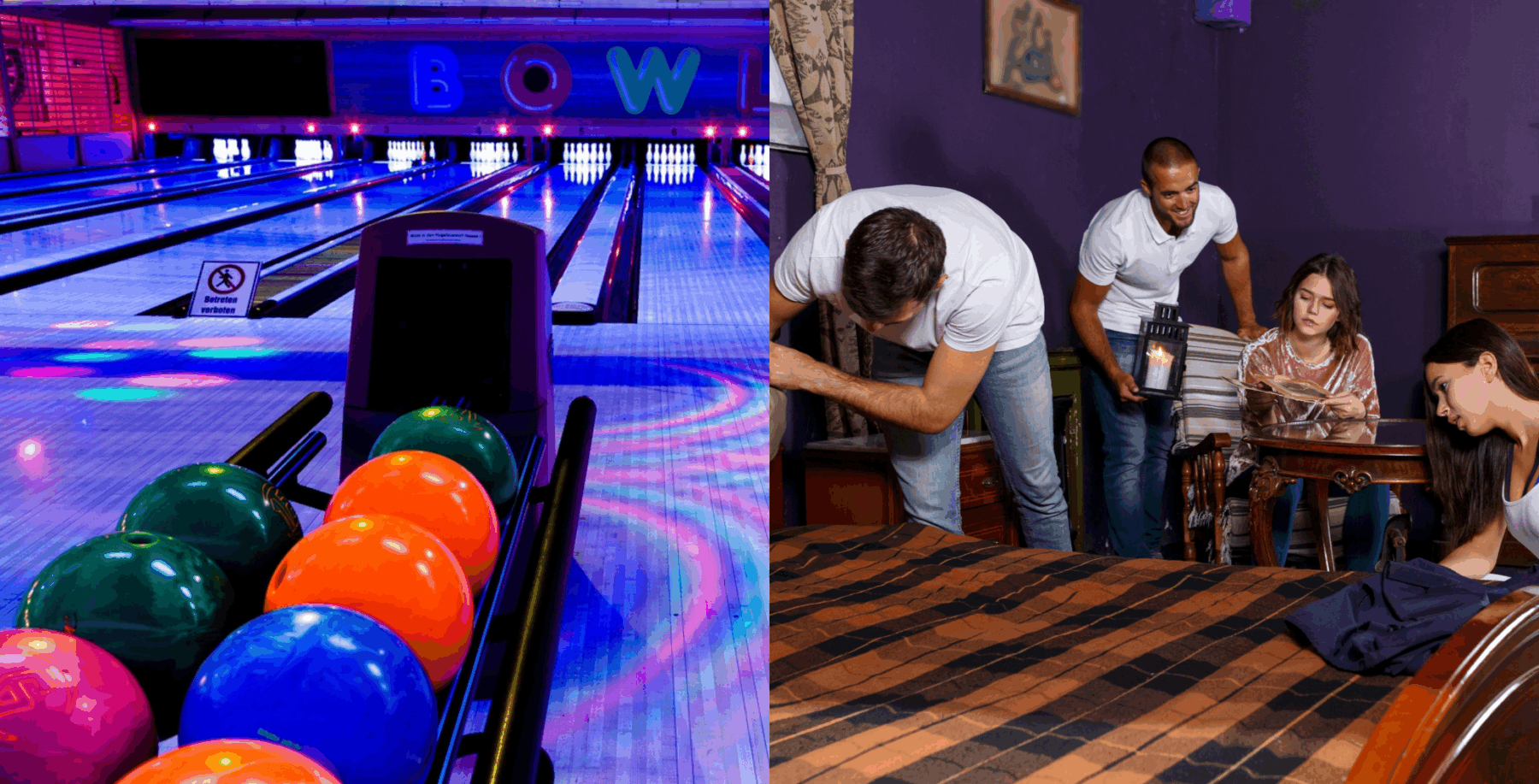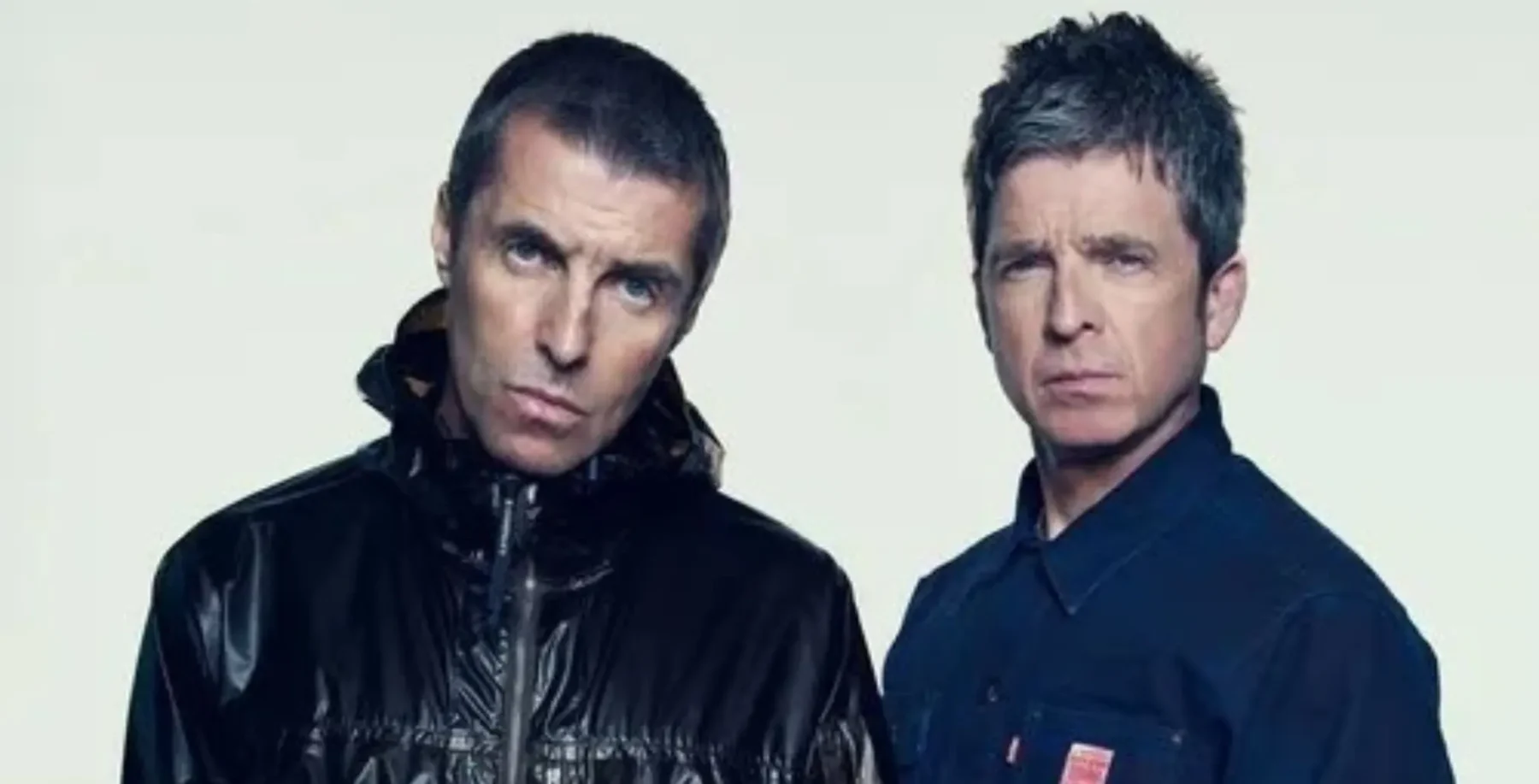
THE GOOD
LIFE written and directed by
Daniel Brooks, with Luke Kirby, Bob
Martin, Waneta Storms, Tamsin Kelsey,
Guillermo Verdecchia and Tracy Wright.
Presented by Tarragon Theatre (30
Bridgman). Previews from Tuesday
(February 26), opens March 5 and runs to
April 7, Tuesday-Saturday 8 pm, matinees
Saturday-Sunday (except March 2) 2:30
pm. $24-$30, Sunday pwyc-$15, previews
$16, stu/srs discounts.
416-531-1827.
Rating: NNNNN
sometimes you gotta ask the obvious question, even when it’s dumb. After all, the day is February 14 (yuck) and I’m talking to Guillermo Verdecchia and Tamsin Kelsey, a seemingly happy couple with good careers and two healthy children. In Daniel Brooks’s The Good Life, they play a seemingly happy couple with good careers and two healthy children.The question?
“What” — sigh — “did you two do this morning for Valentine’s Day?”
“We gave each other a big hug and a big kiss,” laughs Kelsey. “We don’t usually bother. Oh yeah, we got Valentine’s cards and chocolates for our son and daughter.”
Awww. Sweet.
The three of us are trying hard not to be self-conscious. Difficult, since Brooks’s semi-autobiographical play about love and relationships is set in the theatre world and features a dramatis personae of writers, actors and directors. Interviews for “lifestyle pieces” figure in a couple of scenes.
Plus, Verdecchia and Kelsey are old friends of Brooks and his partner. Verdecchia collaborated with him on two influential recent plays, The Noam Chomsky Lectures and Insomnia. They all hang out, do the couple thing.
“There are rhythms and patterns between this couple that Daniel consciously built from observing us,” points out Verdecchia, sharing an order of fries in the Tarragon Theatre green room. “But to varying degrees, any piece that Daniel’s worked on comes out of his life. And things from his life are similar to ours.”
Personal boundaries tend to blur. “There are scenes where I think, “How did he know that?'” says Kelsey. “”Was he over for dinner that night?'”
The self-referential aspect is reinforced as Verdecchia’s character Dan (get the name?) makes a joke about the theatre having new washrooms, just like the Tarragon. And a reference to Pinter’s Betrayal is an obvious wink at Brooks’s acclaimed direction of the play a couple of seasons ago.
But Verdecchia and Kelsey agree that what suffuses the work are ideas. There’s little conventional action — scenes and characters merge into one another — but there is a lot of talk.
“It’s active talk,” explains Verdecchia. “It’s theatrical. When you talk, you’re aware of the staginess of it. Daniel’s saying that the theatre is a place where we can and should discuss relevant, complicated things.”
On another level — Brooks’s works are always multi-layered — the play is a love affair between the theatre and the audience. “It’s about how we tease and please each other,” says Verdecchia.
Part of the piece’s workshop process consisted of reading Plato’s Symposium — his philosophical examination of love — aloud.
“Not,” quips Kelsey, “a knee-slapper. It didn’t play.”
“I think Daniel would disagree,” says Verdecchia.
The cast of six also took part in long improv scenarios, including one set after the Dora Awards, another at a dinner and various interview situations.
Verdecchia sees a continuum from Brooks’s earlier works to The Good Life.
“The play pursues many of the same concerns and questions as Insomnia,” he says, “and as with Chomsky, it looks at who we are in the world and what it means to be awake, to engage with others.”
And, ultimately, what that fabled good life stands for.
“I think we have a good life,” says Verdecchia. “Health and the freedom to love who we want, how we want.”
“A good life is a loving household,” says Kelsey. “A dental plan would be nice.”glenns@nowtoronto.com












